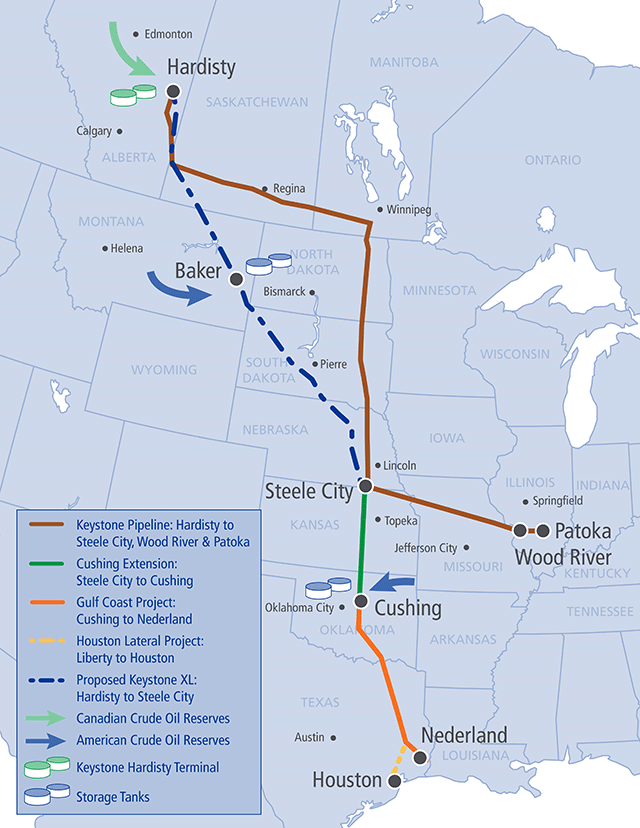Bipartisan legislation that focused on energy efficiency standards such as water heaters with smart meters, ways to reduce home utility bills, and cheaper heating and cooling systems for office buildings failed in the U.S. Senate earlier this month.
While the bill had broad support, the introduction of an amendment on the controversial Keystone XL pipeline poisoned the well.
Proposed by Rob Portman (R-Ohio), the Energy Savings and Industrial Competitiveness Act (ESIC) didn’t make it to a vote after the amendment was added to approve the Keystone pipeline extension ahead of the Obama Administration’s decision on whether to allow the pipeline to go forward.
As a result, Senate Majority Leader Harry Reid (D-Nev.) refused to allow a vote on a Keystone pre-approval amendment to the bill, and the amendment’s supporters retaliated by blocking a vote on the main bill.
Many Democrats and climate activists oppose the Keystone pipeline. Portman reportedly called the bill’s failure “yet another disappointing example of Washington’s dysfunction.”
Related Stories
Coronavirus | Sep 24, 2020
The Weekly show: Building optimization tech, the future of smart cities, and storm shelter design
The September 24 episode of BD+C's "The Weekly" is available for viewing on demand.
Healthcare Facilities | Sep 10, 2020
Easing the oncology journey: The role of urgent care
Oncology patients are better served when they’re connected to the right staff.
Airports | Sep 10, 2020
The Weekly show: Curtis Fentress, FAIA, on airport design, and how P3s are keeping university projects alive
The September 10 episode of BD+C's "The Weekly" is available for viewing on demand.
Architects | Sep 8, 2020
The New City project by Eric Owen Moss Architects receives AIA’s Twenty-five Year Award
AIA’s Twenty-five Year Award is conferred on a building that has set a precedent for the last 25-35 years and continues to set standards of excellence for its architectural design and significance.
Architects | Sep 1, 2020
An evidenced-based approach to elevate the workplace experience
A new NBBJ report presents design concepts for providing people with opportunities to recharge and engage in the workplace.
K-12 Schools | Sep 1, 2020
The rise of inquiry-based learning in K-12 communities
Inquiry-based education offers a methodology that does not rely solely on the educator being the lead in all learning.
Giants 400 | Aug 28, 2020
2020 Giants 400 Report: Ranking the nation's largest architecture, engineering, and construction firms
The 2020 Giants 400 Report features more than 130 rankings across 25 building sectors and specialty categories.
Architects | Aug 27, 2020
Strategically planning your firm past the COVID-19 pandemic
As AEC firm leaders consider worst-case scenarios and explore possible solutions to surmount them, they learn to become nimble, quick, and ready to pivot as circumstances demand.
Digital Twin | Aug 27, 2020
The Weekly show: Digital twin technology and social equity in the AEC market
The August 27 episode of BD+C's "The Weekly" is available for viewing on demand.
Architects | Aug 26, 2020
We the People: Four steps for the architecture profession to build unity through design
Architect offers a 4-point manifesto to the design community to work for racial and social justice in the U.S. following the death of George Floyd.

















